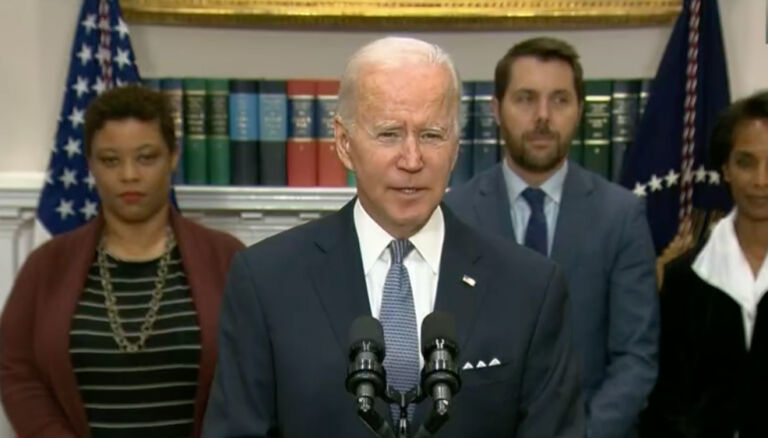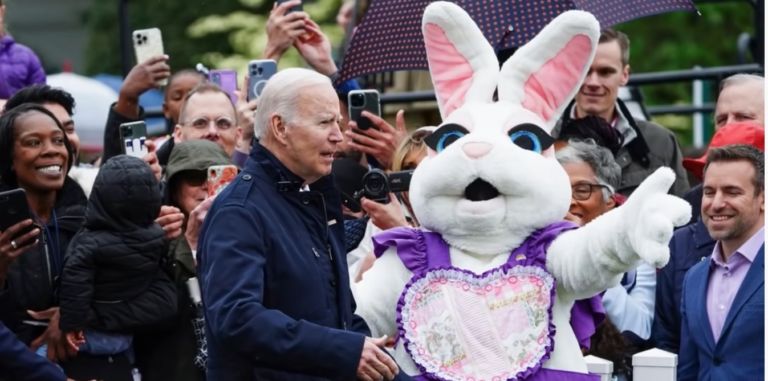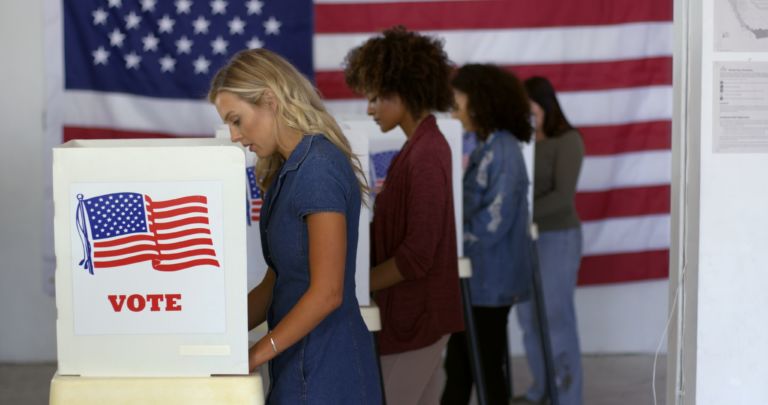Neal Freeman writes for National Review Online about former President Donald Trump’s important vice presidential selection.
In a series of careful timed-release leaks, Donald Trump has now revealed what we are led to believe is his list of vice-presidential prospects. Not one of those names registers as a worthy choice.
Granted, the bar has been raised this year. At the beginning of every cycle, the vice-presidential choice becomes, overnight, the leading presidential candidate for the next cycle. Think Nixon and Johnson, Bush and Biden, not to mention Mondale and Gore. But this year — with the GOP presidential nominee limited, constitutionally, to one term and, actuarially, to a brief working life — it is highly likely that the vice-presidential pick will become the presidential pick sometime in the next four years.
Thus the gravity of Trump’s choice. And thus the disappointment in his list of prospects.
The threshold question for selecting a running mate should be this one: Would this man or woman be fit to serve in my absence as president of the United States?
Of the junior congresspeople on Trump’s list — Elise Stefanik, Byron Donalds, Tulsi Gabbard — we can say that, while all of them are bright and telegenic, not one of them is prepared to lead a beleaguered America in this moment of historic global change: hegemonic struggle, winner-take-most economic conflict, shooting wars.
Of Vivek Ramaswamy, we can say that his is a fine American story — he seems to have made the better part of a billion dollars by not discovering miracle cures for life-threatening disease — but, at 38, he’s not ready to lead what’s left of the free world.
We then come to that mother of vice presidents, the Dakotas. To the South, Governor Kristi Noem has recently faded from consideration. … To the North, Governor Doug Burgum is so new to national politics that he poses a vetting (and defining) nightmare.


